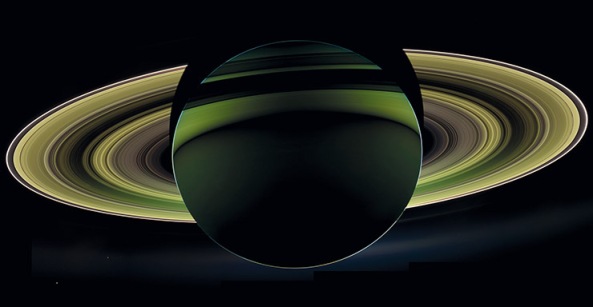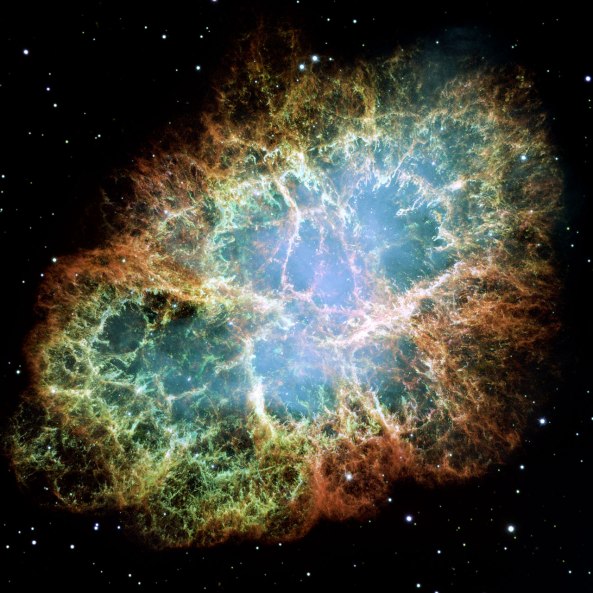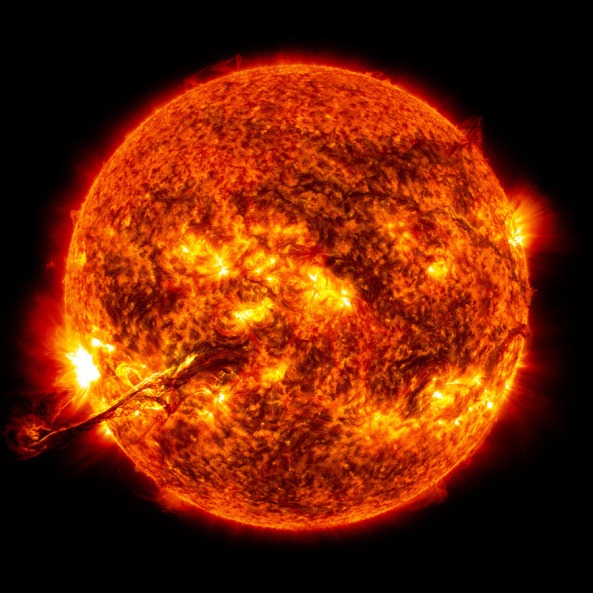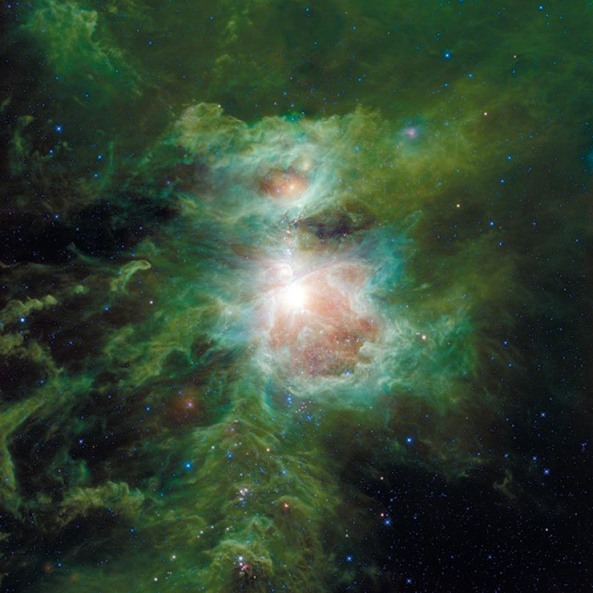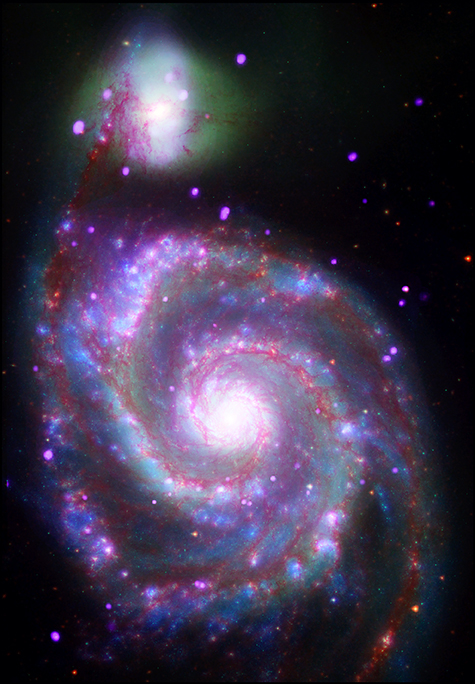A collection of pictures posted on this blog.
Spectacular Saturn and its ring system from Cassini.
This enhanced colour image of Saturn was taken by the joint NASA, ESA and Italian Space Agency mission Cassini, capturing the system while the Sun was behind the planet. This unusual high-phase view is from about 19° below the ring plane and uses infrared, red and violet filters to capture details of the ring structure in particular. Two moons can be seen below and left of the planet, Enceladus and (far left) Tethys.
This image is published in the February 2013 issue of Astronomy & Geophysics.
Most detailed image of the Crab Nebula | ESA/Hubble.
This new Hubble image – One among the largest ever produced with the Earth-orbiting observatory – shows gives the most detailed view so far of the entire Crab Nebula ever made. The Crab is arguably the single most interesting object, as well as one of the most studied, in all of astronomy. The image is the largest image ever taken with Hubble’s WFPC2 workhorse camera.
The Crab Nebula is one of the most intricately structured and highly dynamical objects ever observed. The new Hubble image of the Crab was assembled from 24 individual exposures taken with the NASA/ESA Hubble Space Telescope and is the highest resolution image of the entire Crab Nebula ever made.
Credit:
NASA, ESA and Allison Loll/Jeff Hester (Arizona State University). Acknowledgement: Davide De Martin (ESA/Hubble)
Solar Flare.
Wise feels the heat from Orions sword.
The Orion nebula is featured in this sweeping image from NASA’s Wide-field Infrared Survey Explorer, or WISE. The constellation of Orion is prominent in the evening sky throughout the world from about December through April of each year. The nebula (also catalogued as Messier 42) is located in the sword of Orion, hanging from his famous belt of three stars. The star cluster embedded in the nebula is visible to the unaided human eye as a single star, with some fuzziness apparent to the most keen-eyed observers. Image Credit: NASA/JPL-Caltech/UCLA.
M51, Whirlpool Galaxy.
Credit: X-ray: NASA/CXC/Wesleyan Univ./R.Kilgard et al; UV: NASA/JPL-Caltech; Optical: NASA/ESA/S. Beckwith & Hubble Heritage Team (STScI/AURA); IR: NASA/JPL-Caltech/ Univ. of AZ/R. Kennicutt.
(Work in progress)

